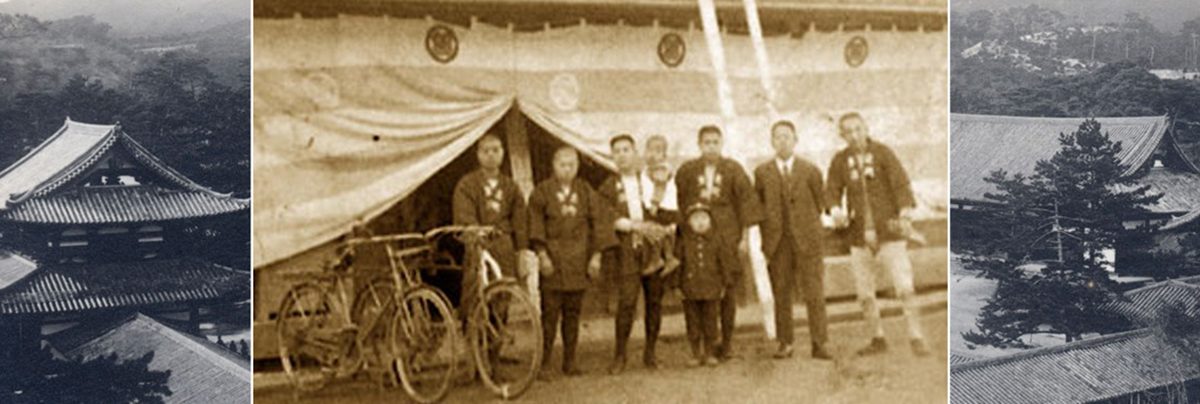When we talk about business longevity, few can rival the 1,400-year run of Kongō Gumi. Founded in 578 AD, this Japanese construction company, specializing in building Buddhist temples, holds the distinction of being the world’s oldest continuously operating family business until it was absorbed by Takamatsu Corporation in 2006. Looking back at its storied history, we can glean significant risk management lessons that contributed to its remarkable endurance.
- Adaptation to Change: Throughout its existence, Kongō Gumi demonstrated remarkable adaptability to changes in the socio-political and economic environment. This is a critical aspect of risk management: the ability to recognize the changing landscape and adapt accordingly. When Buddhism’s influence declined, the company diversified into building other structures, which allowed it to survive in a changing cultural environment.
- Specialization and Mastery: Kongō Gumi’s specialization in temple construction allowed the company to hone its skills and deliver a superior product. By becoming masters in their field, they were able to mitigate the risk of competition. This reinforces the idea that building unique competencies can serve as a strategic risk management tool.
- Long-term Vision: The company’s commitment to long-term vision helped in making decisions that ensured its survival over centuries. This aligns with the core principles of risk management, which requires a forward-looking perspective and taking decisions that may not bring immediate profit but ensure long-term sustainability.
- Succession Planning: Kongō Gumi survived for 40 generations due to meticulous succession planning. They implemented a flexible succession system that allowed the most capable family member, not necessarily the eldest son, to take the reins. This kind of planning helps in mitigating risks related to leadership transition.
- Financial Prudence: Like any business, Kongō Gumi faced economic downturns. They survived many such phases due to financial prudence and not over-leveraging their operations. Maintaining a strong balance sheet is an essential risk management strategy that enables businesses to weather financial downturns.
- Strong Relationships and Reputation: The company cultivated strong relationships with its clients, primarily Buddhist temples, which provided a steady stream of business. Its reputation for quality led to repeat business and referrals. Managing reputational risk and maintaining strong stakeholder relationships is crucial for long-term survival and success.
While Kongō Gumi’s 1,400-year run came to an end when it was absorbed by Takamatsu, its legacy lives on, and the lessons it offers in risk management remain highly relevant. Adaptability, specialization, long-term vision, succession planning, financial prudence, and reputation management – these strategies, which guided Kongō Gumi through fourteen centuries, can still serve as guiding principles for businesses today.














